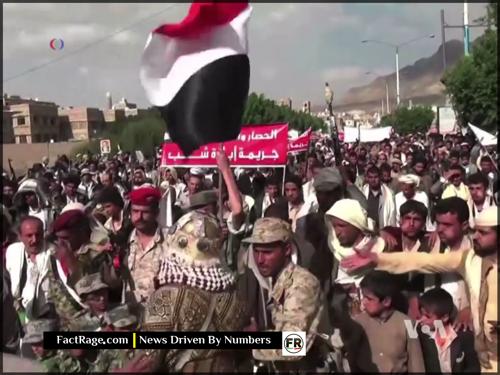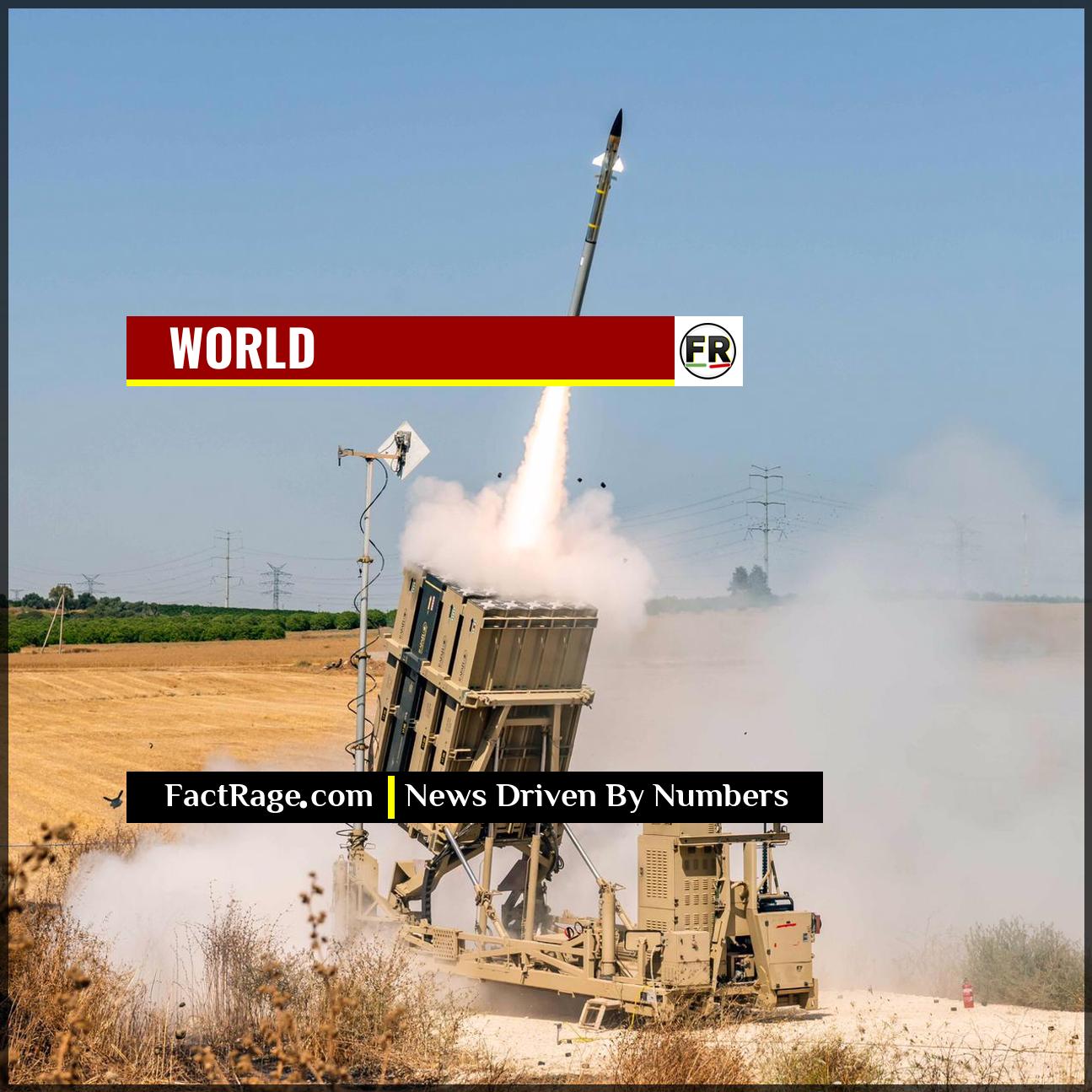TEL AVIV, ISRAEL – Israel has conducted airstrikes against Houthi-controlled territory in Yemen, marking a direct and significant escalation in the ongoing conflict over Red Sea security.
- Direct Military Action – On July 20, 2024, the Israel Defense Forces (IDF) struck Houthi-controlled oil terminals and port infrastructure in Hodeidah, Yemen.
- Official Justification – Israel stated the attack was retaliation for months of Houthi missile and drone attacks on commercial shipping and a recent drone launched toward the Israeli city of Eilat.
- Strategic Shift – This is the first publicly acknowledged direct strike by Israel on the Houthis in Yemen, expanding the conflict and raising the probability of a wider regional confrontation.
The overnight strikes represent a calculated strategic shift by Israel, moving from a defensive posture in the Red Sea to direct offensive action against the Iran-backed group. This decision carries immediate and far-reaching implications for regional stability, global trade, and the strategic alignment of international powers.
From Defense to Offense: Decoding the Strategic Shift
![]() An airstrike is never just an airstrike; it’s a declaration of policy. Israel’s decision to directly engage the Houthis in Yemen moves the conflict from a contained maritime problem to a direct confrontation with an Iranian proxy. This action wasn’t made in a vacuum. Understanding the choice requires looking past the act of retaliation to examine the intricate web of strategic risks and potential rewards, which has now reset the political equation for the entire region.
An airstrike is never just an airstrike; it’s a declaration of policy. Israel’s decision to directly engage the Houthis in Yemen moves the conflict from a contained maritime problem to a direct confrontation with an Iranian proxy. This action wasn’t made in a vacuum. Understanding the choice requires looking past the act of retaliation to examine the intricate web of strategic risks and potential rewards, which has now reset the political equation for the entire region.
Read On…
The following analysis breaks down the strategic motivations, the immediate economic fallout, and the dangerous geopolitical chessboard this action has just overturned.
Why Israel’s Direct Strike Signals a New Phase in the Conflict

For months, the response to Houthi aggression in the Red Sea has been led by a U.S. and U.K. coalition conducting defensive and retaliatory strikes. Israel’s involvement was largely limited to defensive measures, such as intercepting drones and missiles. The July 20th attack on Hodeidah changes that dynamic entirely. By striking the Houthis directly on their home turf, Israel has taken ownership of the confrontation.
The targets themselves—oil facilities and port infrastructure—were chosen to degrade the Houthis’ ability to sustain their operations and generate revenue. The IDF stated the operation was intended to “deal a severe blow to the Houthis’ terrorist capabilities.” This proactive stance signals a lower tolerance for the ongoing threats and a willingness to act unilaterally, independent of the U.S.-led coalition’s strategy. The key question now is whether this was a one-off retaliatory action or the beginning of a sustained Israeli campaign against the Houthis.
What Are the Economic Stakes in the Red Sea Now?
The Red Sea, and specifically the Bab el-Mandeb Strait controlled by Yemen’s coast, is a critical artery for the global economy. Approximately 12% of global trade and nearly 10% of seaborne oil pass through this waterway. Houthi attacks have already forced major shipping companies, including Maersk and Hapag-Lloyd, to reroute vessels around Africa, adding weeks to transit times and millions of dollars in costs.
Israel’s direct entry into the conflict is likely to exacerbate these issues. Maritime insurance premiums for vessels transiting the Red Sea, which had already surged, will almost certainly increase further. The escalation introduces a new level of unpredictability. What was once seen as a contained, albeit serious, disruption now has the potential to become a full-blown military confrontation zone involving more state actors, making the route even more perilous for commercial traffic.
How Will the US, Iran, and Regional Powers Respond?
The geopolitical fallout is perhaps the most significant consequence. Each major player in the region now faces a new set of calculations.
- The United States: The White House is in a difficult position. While a key ally of Israel, the U.S. has been carefully trying to prevent the Gaza war from spiraling into a wider regional conflict. An independent Israeli military campaign in Yemen complicates this effort immensely and could drag Washington deeper into a conflict it seeks to contain.
- Iran: The Houthis are a key component of Iran’s “Axis of Resistance.” Tehran provides the group with funding, training, and sophisticated weaponry. Israel’s strike is a direct challenge to an Iranian proxy, and Tehran may feel compelled to respond, either through the Houthis or other regional allies, to maintain credibility.
- Saudi Arabia and the UAE: These Gulf powers have been engaged in a long and costly war against the Houthis and recently sought to de-escalate tensions. An emboldened and now directly targeted Houthi movement on their border is an unwelcome development. They will be watching closely to see if the Israeli strikes successfully degrade Houthi capabilities or simply provoke a more aggressive and erratic response from the group.
The New Calculus of Conflict
![]() Israel’s direct strike fundamentally alters the political math in the Middle East, transforming a contained maritime security issue into a direct state-on-proxy confrontation. This single action forces a strategic reassessment in Washington, Tehran, and Riyadh, intertwining their interests in an even more complex and volatile dynamic. While the immediate consequences will be tracked on shipping manifests and insurance premiums, the long-term stability of the region now hinges on the policy decisions made in response to this new, precarious equation.
Israel’s direct strike fundamentally alters the political math in the Middle East, transforming a contained maritime security issue into a direct state-on-proxy confrontation. This single action forces a strategic reassessment in Washington, Tehran, and Riyadh, intertwining their interests in an even more complex and volatile dynamic. While the immediate consequences will be tracked on shipping manifests and insurance premiums, the long-term stability of the region now hinges on the policy decisions made in response to this new, precarious equation.














